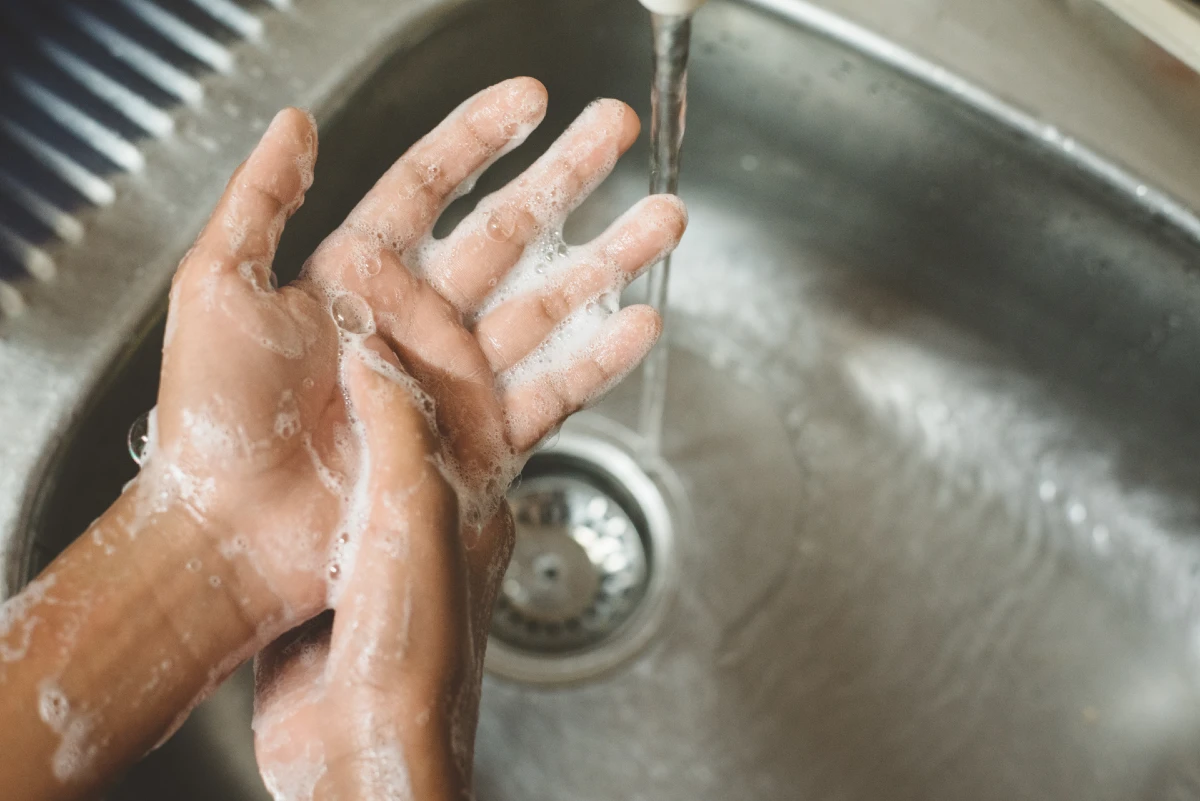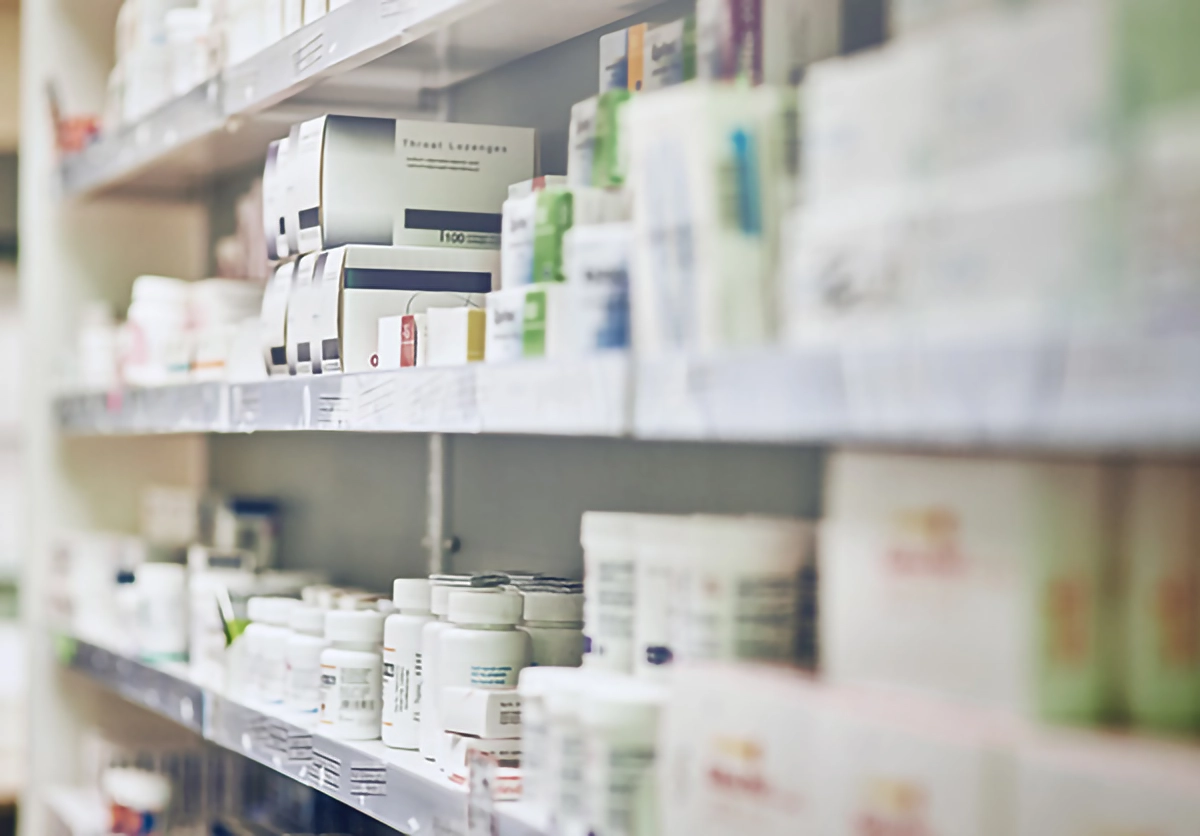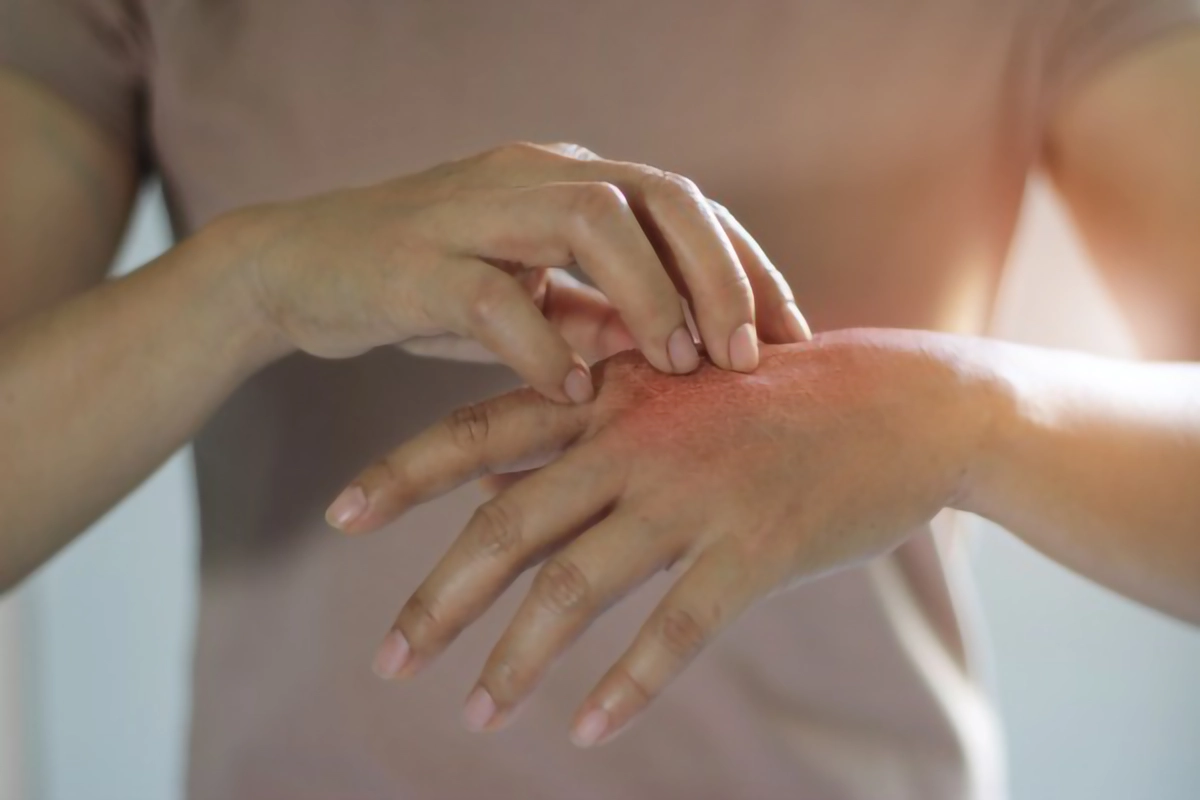We use cookies to help provide you with the best possible online experience.
By using this site, you agree that we may store and access cookies on your device. Cookie policy.
Cookie settings.
Functional Cookies
Functional Cookies are enabled by default at all times so that we can save your preferences for cookie settings and ensure site works and delivers best experience.
3rd Party Cookies
This website uses Google Analytics to collect anonymous information such as the number of visitors to the site, and the most popular pages.
Keeping this cookie enabled helps us to improve our website.
Emollients
What are emollients?
Emollient is simply the medical word for a moisturiser. They help soothe the skin and provide relief from itching
and dryness. Patients who do not have a diagnosed dermatological condition or risk to skin integrity (breakdown of skin) should purchase emollients over the counter e.g. from pharmacies or health and beauty stores.
How do emollients work?
An emollient replaces natural oils that help keep water in the skin to prevent it becoming dry, cracked, and itchy. It also traps moisture in the skin and forms a protective oily layer on the outer skin, which helps skin to repair and improve hydration.
Types of emollients
Emollients can be used either as soap substitutes or as a leave on emollient. There are many different types of emollients and they can be classified according to how they are used and how greasy they are.
- Ointments: Greasy in nature, they are usually made of white soft paraffin or liquid paraffin and are ideal for very dry or thickened skin - normally applied at night, they do not usually contain preservatives and are therefore less likely to cause skin reactions.
- Creams: Have a mixture of oil and water. Less greasy than ointments, therefore easier to spread onto the skin. Must be used frequently and liberally to prevent the skin from drying out. Good for daytime application.
- Lotions: Contains the most water and least oil, so are the least effective in moisturising the skin. They usually contain preservatives (ingredients that help to protect the product from bacteria/germs and increase its shelf life) which may cause skin irritation. Lotions are useful for hairy areas such as scalps and areas of weepy skin.
How often should emollient treatment be applied?
Emollients should be applied as frequently as possible. This should be at least three times daily, and ideally applied four to six times a day (every 3 hours). Emollient use should be continued even when the skin condition has im- proved.
Emollients can and should be applied at other times during the day e.g. in extreme weather in order to provide a barrier from the cold. Reviewing the need of your prescribed emollient should be carried out by your GP annually.
Which emollient is best?
There is no 'best emollient'. The type (or types) to use depends on the dryness of the skin, the area of the skin involved, and what is comfortable and acceptable to you.
If you only have mild skin dryness and do not experience flare ups frequently a lotion/cream maybe the best option. For moderate to severe dryness, a thicker cream or ointment would be ideal to use. Areas of weeping eczema will usually be managed with a cream/lotion, as ointments will tend to be very messy.



Step 1
Wash your hands to remove invisible bacteria.
Step 2
Do not put fingers into tubs to scoop out the emollient, as you may introduce bacteria into the emollient tub. To reduce the risk of infection, transfer some emollient onto a clean plate using a clean dessert spoon. If you have cream in a tub with a pump top, you can pump directly onto your hand.
Step 3
Emollients should be applied to the skin in a downward direction of hair growth and left in a thin layer to soak in - this can take up to 10 minutes.
Please do not rub emollients in.
How and when should topical steroids be used (if and when prescribed)?
Intensive use of emollients can reduce the need for topical corticosteroids (reduce skin inflammation). The quantity and frequency of use of emollients should be far greater than that of other therapies given. If a topical corticosteroid is required, emollients should ideally be applied at least 15-30 minutes before or after the topical corticosteroid. The skin should be moist, but not slippery, when applying the steroid.
Bathing and washing
Bathe regularly in tepid water only, this cleans and helps prevent infection by removing scales, crusts, dried blood, and dirt. Applying emollients after bathing increases skin hydration, as water is still trapped in the skin. Any emollient (except white soft paraffin) should be used as a soap substitute, as normal soap tends to dry the skin. This can be applied prior to washing and directly after- wards onto damp skin.
They provide greater moisturising than bath emollients that don't have enough contact with the skin. When drying, pat the skin dry to avoid damage to the skin. The use of bath emollients/ oils and shower products are not routinely recommended for the majority of dermatological conditions. As an alternative, 1-2 tablespoons of any ointment (except 50:50) can be dissolved in some hot water and added into the bath water as a bath additive.'
What precautions should be taken with emollients?
Ointments and creams used in the bath and shower can make the surface slippery so take extra care.
Emollients are not flammable in themselves, or when they are on the skin. But when bedding, clothing, and dressings containing dried emollient residue catch fire, they ignite and burn more quickly and intensely than they would if they did not contain dried emollient residue.
The risk of bedding, clothing or dressings catching fire is highest for people who smoke, because they use lighters or matches. If you use naked flames or other potentially flammable heat sources, we strongly recommend that you take extra care and avoid using them near clothing, bedding or dressings.
If you find that an emollient is making your skin sore and/ or very itchy, you may be allergic to one of the ingredients and you should discuss this with your doctor or nurse. If you are having ultraviolet light treatment or radiotherapy, ask for
specific guidance on emollient use, as instructions may differ slightly.
How much emollient should be applied?
The quantity of leave-on emollient required will vary depending on the size of the person, the severity of the skin condition, and whether the emollient is also being used as a soap substitute. As a general guide, if you needed to treat the whole body, the recommended quantities used are 600g per week for an adult, and 250-500g per week for a child under 12.
The table below is a guide for suitable quantities needed for an adult for twice daily application for a month but can be adjusted depending on frequency of application.
Area of body
Face
Both hands
Scalp
Both arms or legs
Trunk
Groins and genitalia
Cream or ointments (g)
120g
200g
500g
1000g
1000g
100g
Lotions (ml)
500ml
500ml
1000ml
1000ml
1500ml
500ml
Lifestyle
A light moisturiser should be applied during the day and a greasy one at night. The greasier the emollient, the more effective at retaining hydration. You may wish to use different types of emollients at different times of the day, on different areas of the body or when severity of your condition varies. For example, use a cream in the morning if dressing to go to work or school and an ointment in the evening when wearing pajamas.
Possible side effects from emollients
Emollients used for skin conditions tend to be bland and non-perfumed. However, some creams contain preservatives, fragrances, and other additives.
Occasionally, some people become sensitised (allergic) to an ingredient. If you suspect that you are sensitive to an emollient then speak to your doctor, nurse, or pharmacist for advice.
Washing clothing and bedding
It is recommended to wash clothing and bedding regularly at the highest temperature recommended by the manufacturer. This might reduce the build-up of emollient on them but does not remove it completely and the danger may remain.
References:
Further information:
- Emollients - NHS (www.nhs.uk)
- How to use emollients - YouTube
- Emollients | Eczema Treatment | Eczema.org
Acknowledgements:
North East London ICB, GSTT NHS Foundation Trust, and South East London ICS.
Images from St. John’s Institute of Dermatology GSTT.

